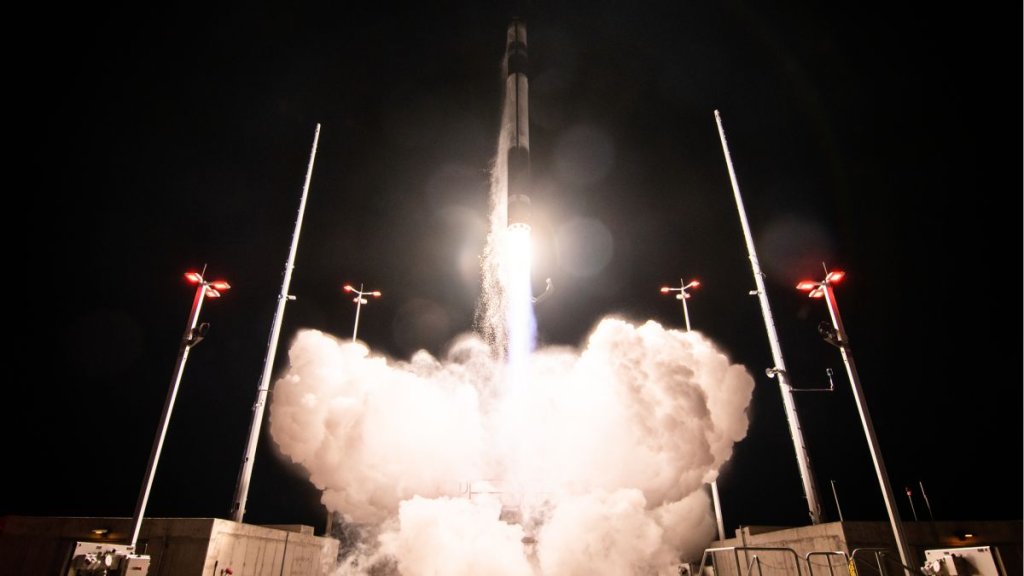
Watch Rocket Lab launch 7 satellites into orbit and return a booster to Earth tonight (Image Credit: Space.com)
Update for July 17: Rocket Lab is now targeting the launch of its next mission, called “Baby Come Back,” for no earlier than today, July 17, at 7:30 p.m. EDT (2330 GMT/11:30 a.m. New Zealand Standard Time).
Rocket Lab will launch seven satellites to orbit tonight (July 17) on a mission that will also feature a booster recovery, and you can watch the action live.
An Electron rocket carrying seven small satellites is scheduled to lift off from Rocket Lab’s New Zealand site Monday during a two-hour window that opens at 7:30 p.m. EDT (2330 GMT; 11:30 a.m. local New Zealand time on July 18). The launch has been delayed since Friday due to bad weather conditions.
Watch it live here at Space.com when the time comes, courtesy of Rocket Lab, or directly via the company. Coverage is expected to begin about 20 minutes before the launch window opens.
Related: Rocket Lab launches 1st Electron booster from US soil in twilight liftoff
Rocket Lab calls Monday’s mission, the company’s 39th to date, “Baby Come Back.” And there’s a good reason for that: After getting its payloads to space, the Electron’s first stage will come back to Earth under parachutes and make a soft splashdown in the Pacific Ocean. Rocket Lab will then recover the booster and haul it back to land for inspection and analysis.
Such work is part of the company’s effort to make the first stage of the 59-foot-tall (18 meters) Electron reusable, like that of SpaceX‘s workhorse Falcon 9 rocket. There are key differences between the two recovery strategies, however. For example, Falcon 9 boosters steer themselves to powered vertical touchdowns; Electron is too small to have enough fuel left over for such maneuvers, which explains the parachutes.
Rocket Lab has recovered boosters on several previous missions, including one earlier this year. (The company originally aimed pluck falling Electron boosters out of the sky with a helicopter, but the chopper component has apparently been shelved.)
Booster recovery is a secondary objective of “Baby Come Back,” of course; the main goal is to get the seven satellites to orbit safely. Four of those payloads are tiny cubesats for NASA’s Starling mission, which is designed to test tech for future “swarm” missions.
“Spacecraft swarms refer to multiple spacecraft autonomously coordinating their activities to achieve certain goals,” Rocket Lab wrote in a mission description.
“Starling will demonstrate technologies for in-space network communications, onboard relative navigation between spacecraft, autonomous maneuver planning and execution, and distributed spacecraft autonomy — an experiment for small spacecraft to autonomously react to observations, paving the way for future science missions,” the company added.
“Baby Come Back” will also loft the LEO 3 demonstration satellite for the Canadian communications company Telesat and two cubesats for Spire Global, a Virginia company whose satellites observe Earth in radio frequencies.
Editor’s note: This story was updated at 8:44 a.m. ET on July 16 with the new launch date of July 17. The original target date was July 14.








